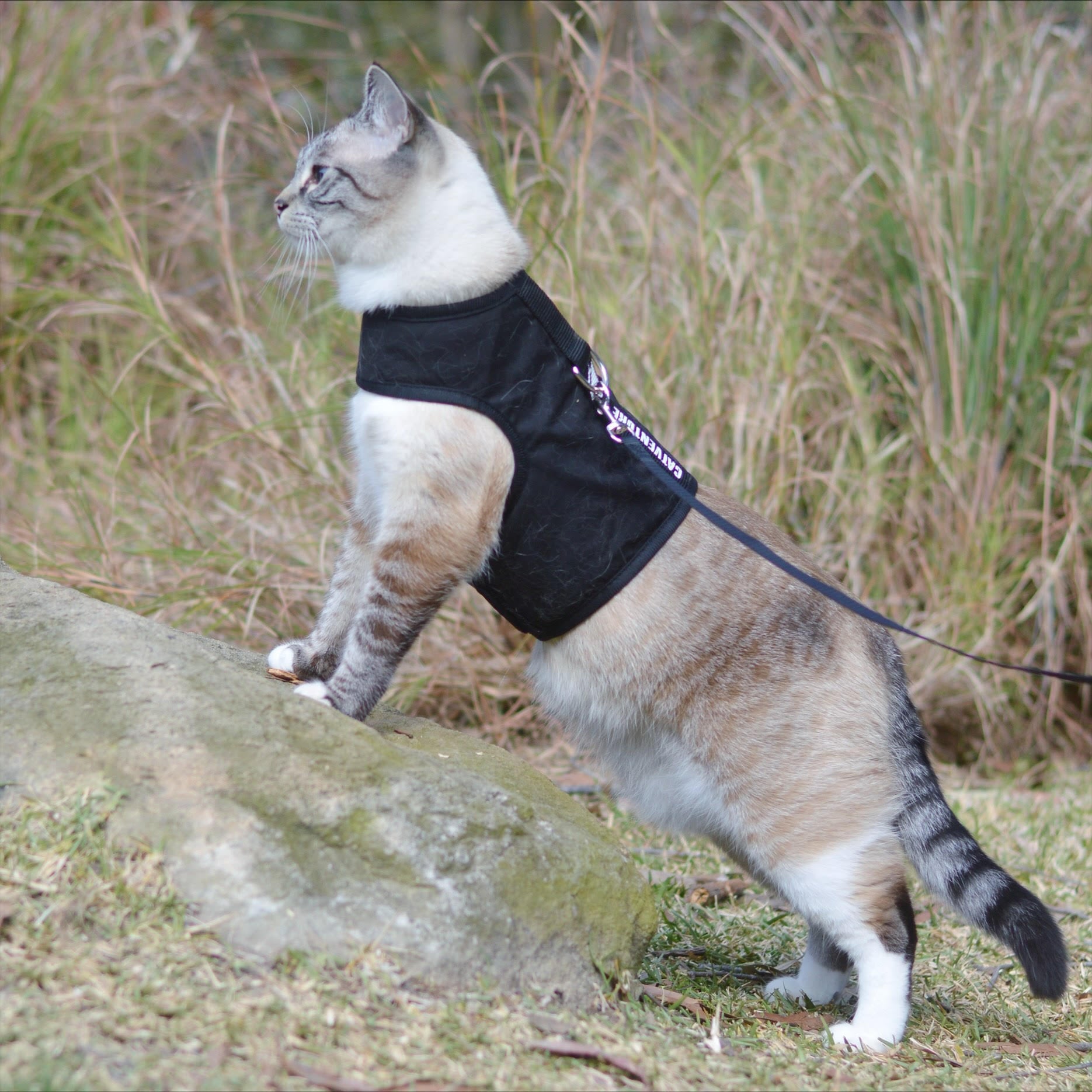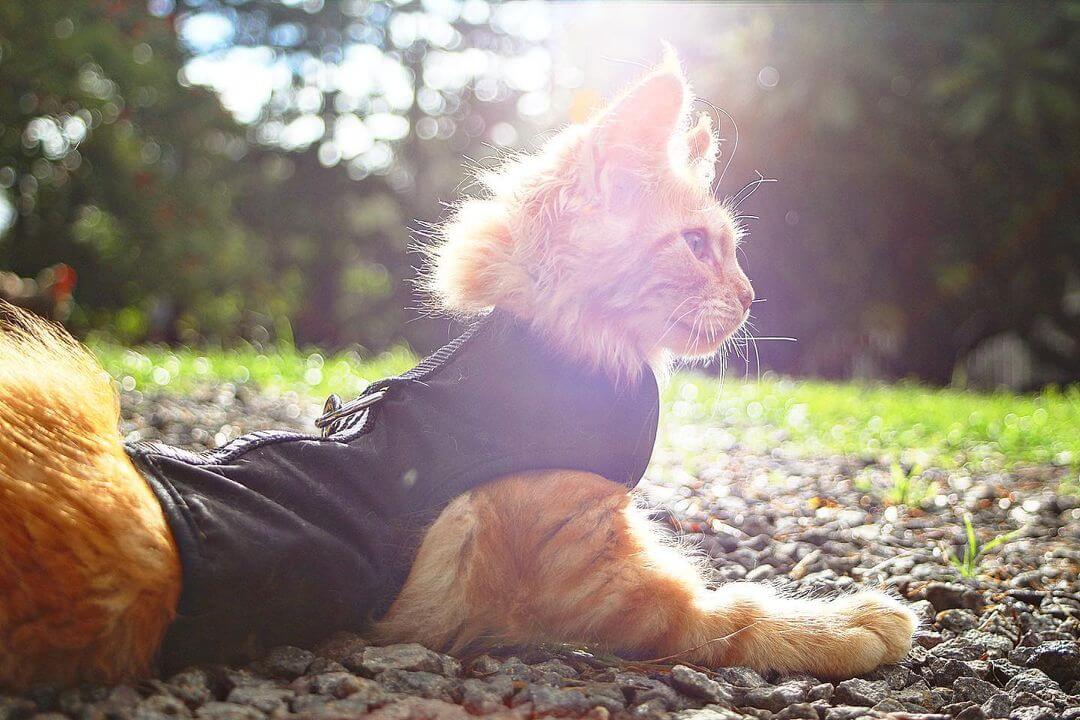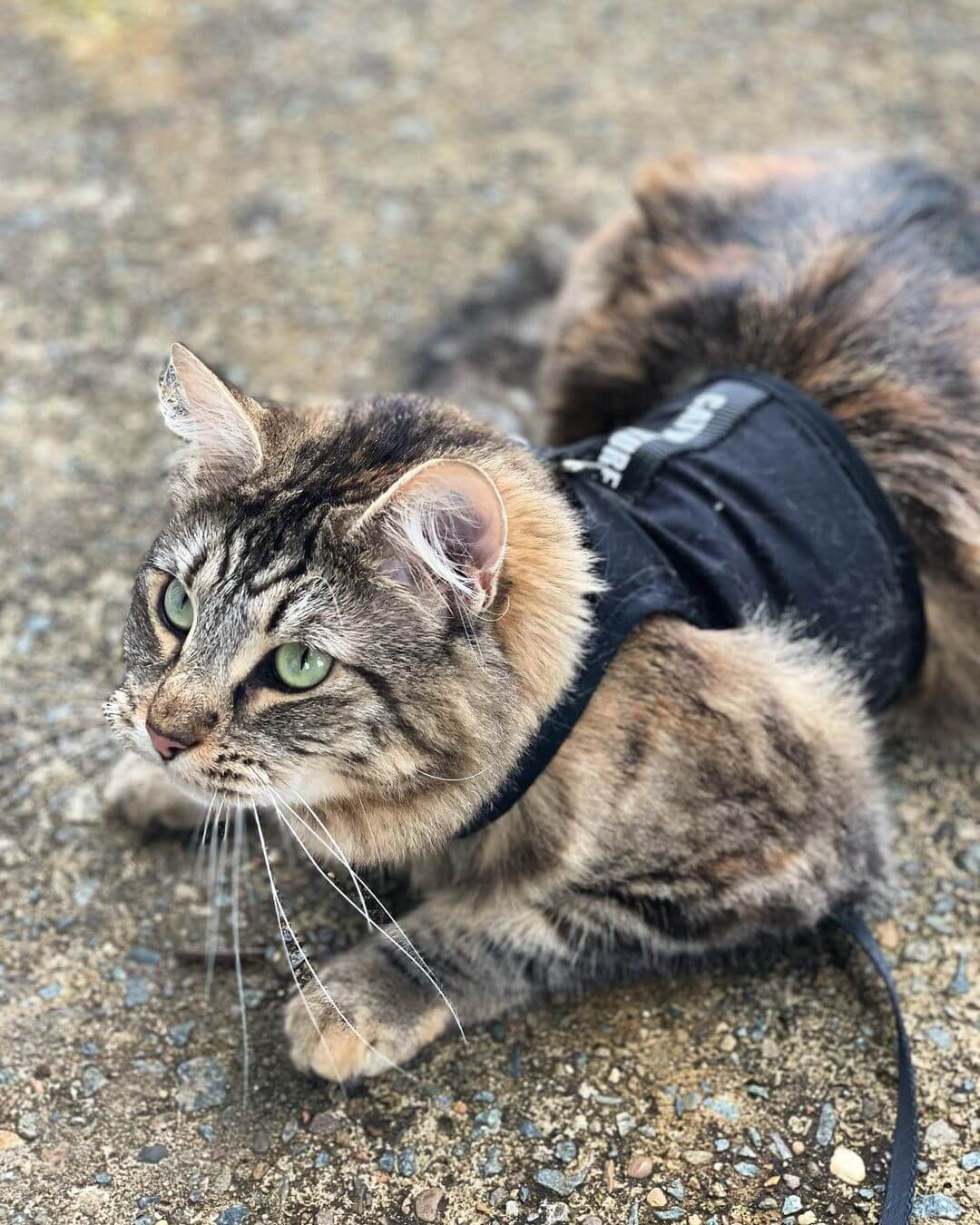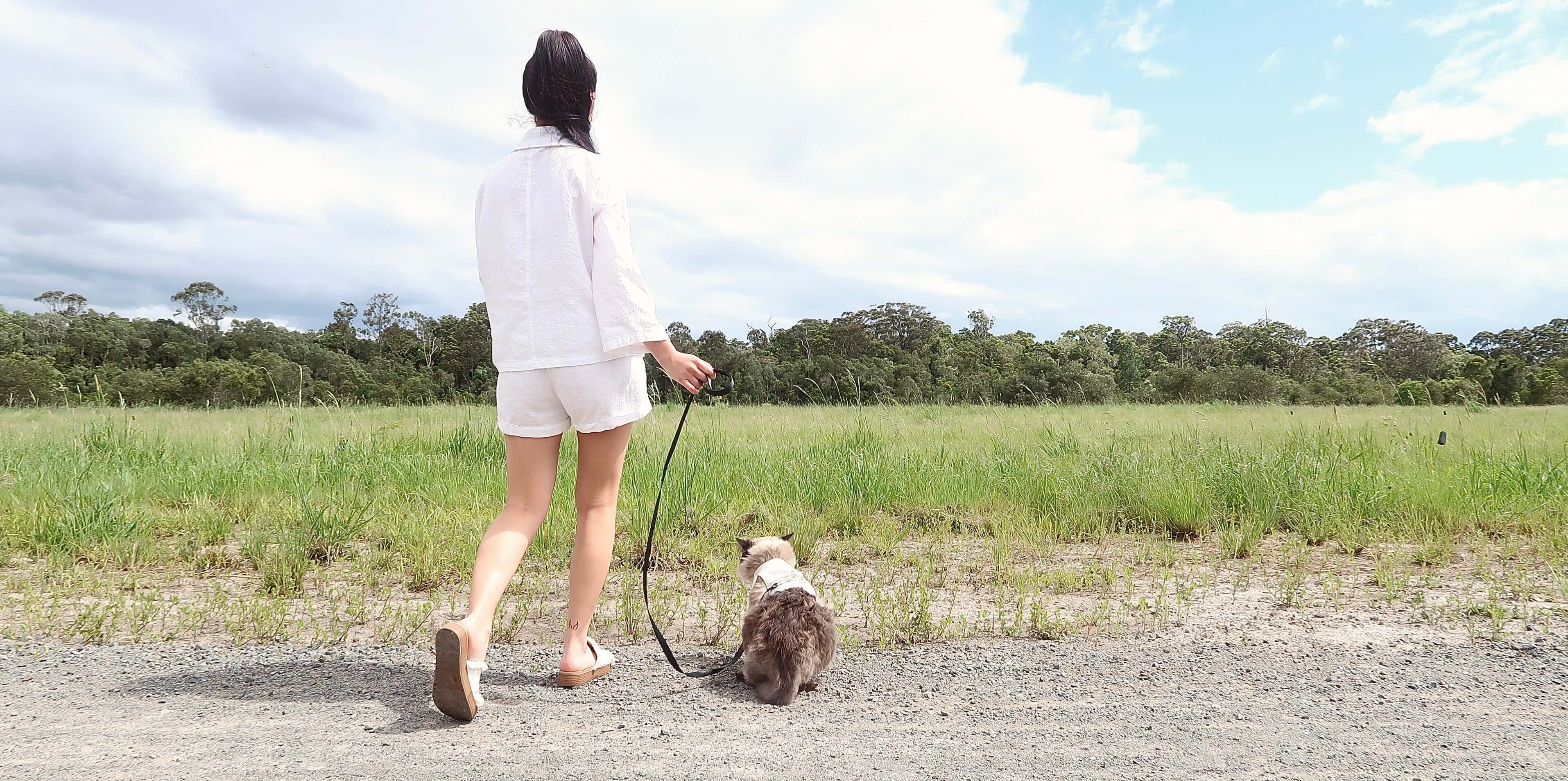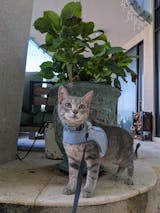Cats hold a special place in the hearts of many Australians, providing companionship and endless joy. Naturally, cat owners are keen to ensure their pets live long, happy lives. In this comprehensive guide, we will explore the factors that impact the lifespan of cats, the longevity of popular breeds, and the role cat harnesses can play in extending your cat's life. We will also provide tips on how to promote a healthy, fulfilling life for your feline friend.
How Long Do Cats Live For?
On average, domesticated cats live between 12 and 15 years. However, factors such as breed, genetics, diet, environment, and overall health can significantly impact their lifespan. Indoor cats generally have a longer life expectancy than outdoor cats, ranging from 14 to 20 years, while outdoor cats often face increased risks and have shorter lifespans, averaging 5 to 10 years.
Lifespan of Popular Cat Breeds in Australia
Here are some of the most popular cat breeds in Australia and their average lifespans:
Domestic Shorthair and Longhair: 12-15 years
Siamese: 12-15 years
Bengal: 12-16 years
Ragdoll: 15-20 years
Maine Coon: 12-15 years
Russian Blue: 15-20 years
British Shorthair: 12-20 years
Persian: 10-15 years
Please note that these are general estimates, and individual cats can live longer or shorter lives depending on various factors.
Indoor Cats vs. Roaming Cats
Life Expectancy
Factors Indoor cats tend to have longer lifespans than outdoor cats due to decreased exposure to hazards such as traffic accidents, predators, diseases, and parasites. However, indoor cats may also face their own set of challenges, including obesity, boredom, and lack of exercise. Implementing strategies to maintain your cat's health and well-being can contribute to a longer, more fulfilling life.
Harness Training
Safely Exploring the Outdoors Using a cat harness can help provide indoor cats with safe, controlled access to the outdoors, allowing them to experience new environments and stimuli. Harness training offers the benefits of outdoor exposure while mitigating risks. Here's how to introduce your cat to a harness:
1. Choose the Right Harness: Select a comfortable, secure, and cat-specific harness like our Catventure harness, to ensure safety and ease of use.
2. Gradual Introduction: Let your cat familiarise themselves with the harness indoors before attaching a leash and venturing outside.
3. Training Sessions: Start with short, supervised outdoor sessions and gradually increase their duration as your cat becomes more comfortable.
Prolonging Your Cat's Life: Tips and Strategies:
To promote a long, healthy life for your feline friend, consider the following tips and strategies:
1. Regular Veterinary Care: Schedule annual check-ups, vaccinations, and dental cleanings to maintain your cat's health.
2. Balanced Diet: Feed your cat a high-quality, age-appropriate diet to maintain a healthy weight and prevent obesity-related issues.
3. Exercise and Enrichment: Provide your cat with interactive toys, scratching posts, and opportunities for physical activity to prevent boredom and maintain a healthy weight.
4. Safe Outdoor Exploration: Use a cat harness to allow your indoor cat to safely explore the outdoors and experience new environments.
5. Preventive Care: Keep your cat up-to-date on flea, tick, and heartworm preventatives to minimise the risk of parasites.
6. Spaying or Neutering: Spaying or neutering your cat can contribute to a longer, healthier life by reducing the risk of certain cancers and other health issues.
7. Dental Health: Regular dental cleanings and at-home dental care can help prevent dental diseases, which can impact your cat's overall health and well-being.
8. Stress Reduction: Minimise stress by providing a consistent routine, safe spaces, and calming aids such as pheromone diffusers when needed.
The Role of Cat Harnesses in Extending Your Cat's Life
Incorporating cat harnesses into your pet care routine can contribute to a longer, healthier life for your cat in several ways:
1. Safe Outdoor Exploration: Cat harnesses allow indoor cats to safely experience the outdoors, reducing boredom, and promoting mental and physical stimulation.
2. Exercise: Harnesses provide a controlled method for your cat to engage in physical activity, helping to maintain a healthy weight and prevent obesity-related health issues.
3. Socialisation: Cat harnesses can be used to introduce your cat to new environments and experiences, promoting healthy socialisation and adaptability.
4. Reduced Risk: Harnesses minimise the risks associated with outdoor exposure, such as traffic accidents, predation, and disease transmission, contributing to a longer, healthier life for your cat.
Understanding the factors that influence a cat's lifespan and implementing proactive strategies can help ensure your beloved feline companion lives a long, healthy, and happy life. By providing regular veterinary care, a balanced diet, and opportunities for exercise and enrichment, you can create a nurturing environment for your cat. Harness training offers a safe, controlled way to explore the outdoors, further promoting your cat's well-being. By following these guidelines, cat owners can support their feline friends' longevity and enjoy many years of companionship together.








